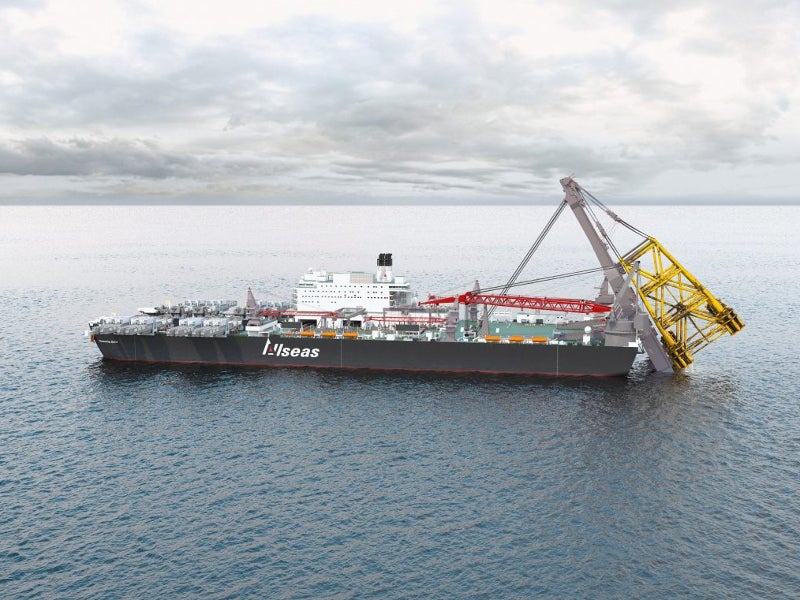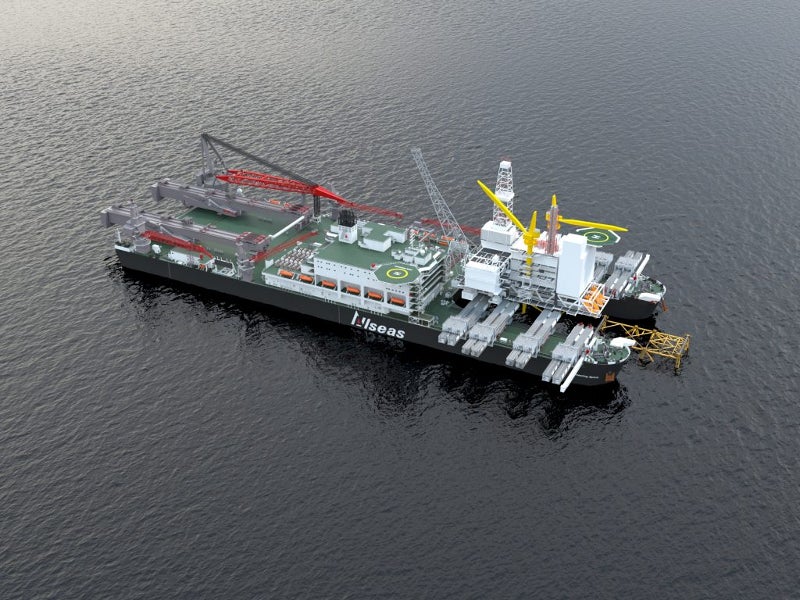The Gyda platform of the Gyda oil and gas field, which is located at a water depth of 66m in block 2/1 in the southern Norwegian sectors between Ula and Ekofisk fields in the North Sea, is being decommissioned after being operated for approximately three decades.
Repsol Norge (61%, operator), INEOS E&P Norge (34%), and KUFPEC Norway (5%) are the joint licensees of the Gyda field. A decommissioning plan of the field was submitted in 2016, which was approved by the Norwegian authorities in June 2017. All the installations of the Gyda field are expected to be decommissioned by 2023.
The decommissioning cost is estimated to be $623.8m.
Gyda oil and gas field details
Gyda oil and gas field was discovered in 1980. The Gyda platform was installed in 1989, while production from the field began in June 1990.
The field is installed with an integrated steel platform comprising four topside modules and a jacket. The topside modules feature offshore drilling and processing facilities as well as living quarters.
The modules are mounted directly on an eight-legged cellar deck, which is fixed into the six-legged, jacket. The jacket, having a lift weight of approximately 8,200t, is bored under the seabed.
The jacket houses 32 conductors, out of which eight conductors with 500mm diameter are tied-back to the subsea wellheads, while the remaining 24 conductors with 685mm diameter run them. It is also equipped with 13 Caisson sleeve and four pre-installed risers.
The oil produced from the field was piped to the Ekofisk field and transported to Teesside, UK, while gas was transported to Ekofisk and then on to Emden, Germany. However, gas export from the field ceased in 2016.
Improved features of the jacket promoting re-use
The jacket features steel castings to replace the tubular joints, which are prone to internal stiffening. The joints were vertically fabricated and installed in the field by heavy-lift crane vessels. The vertical piling running through the jacket also added to the advancement of the design. The jackets were designed to be cost-efficient and weight-saving.
Gyda platform decommissioning details
The offshore Gyda platform will be decommissioned by dismantling the topside and jacket substructures, which will be transported onshore and recycled at Allseas’ Stord disposal facility situated on the west coast of Norway.
Topsides weighing approximately 18,000t and steel jacket substructure weighing 11,200t will be dismantled. All the 32 conductors in the jacket weighing approximately 3,100t collectively will be removed, transported and disposed of optionally. The platform is in good technical condition to be re-used, which reduces its decommissioning cost.
Single-lift technology will be used to lift the jacket, which will be transported in an almost vertical position as it was constructed and installed vertically and cannot endure horizontal transportation. Pioneering Spirit, the world’s largest construction vessel, will be used for dismantling and transporting the platform. The topside will be transferred to and from the vessel by Iron Lady, a cargo barge with 200m length and 57m width.
A total of 32 differently designed wells at the field will be plugged permanently under the project.
Contractors involved
Repsol awarded Allseas an engineer, procure, remove, and dispose (EPRD) contract for the removal, transportation, onshore load-in, and disposal of the Gyda platform in September 2019. Allseas subcontracted Kvaerner for assistance during offshore decommissioning preparations, onshore disposal, and recycling after decommissioning.
Kvaerner’s scope of work also includes preservation of the platform for potential re-use and deployment to another field.






